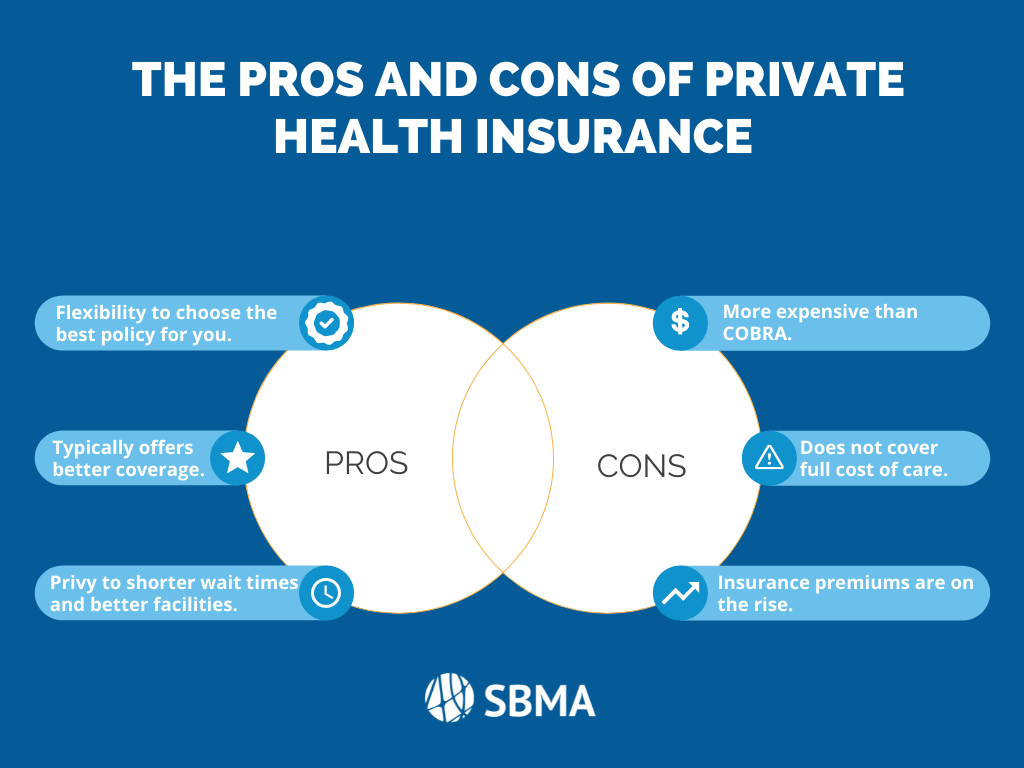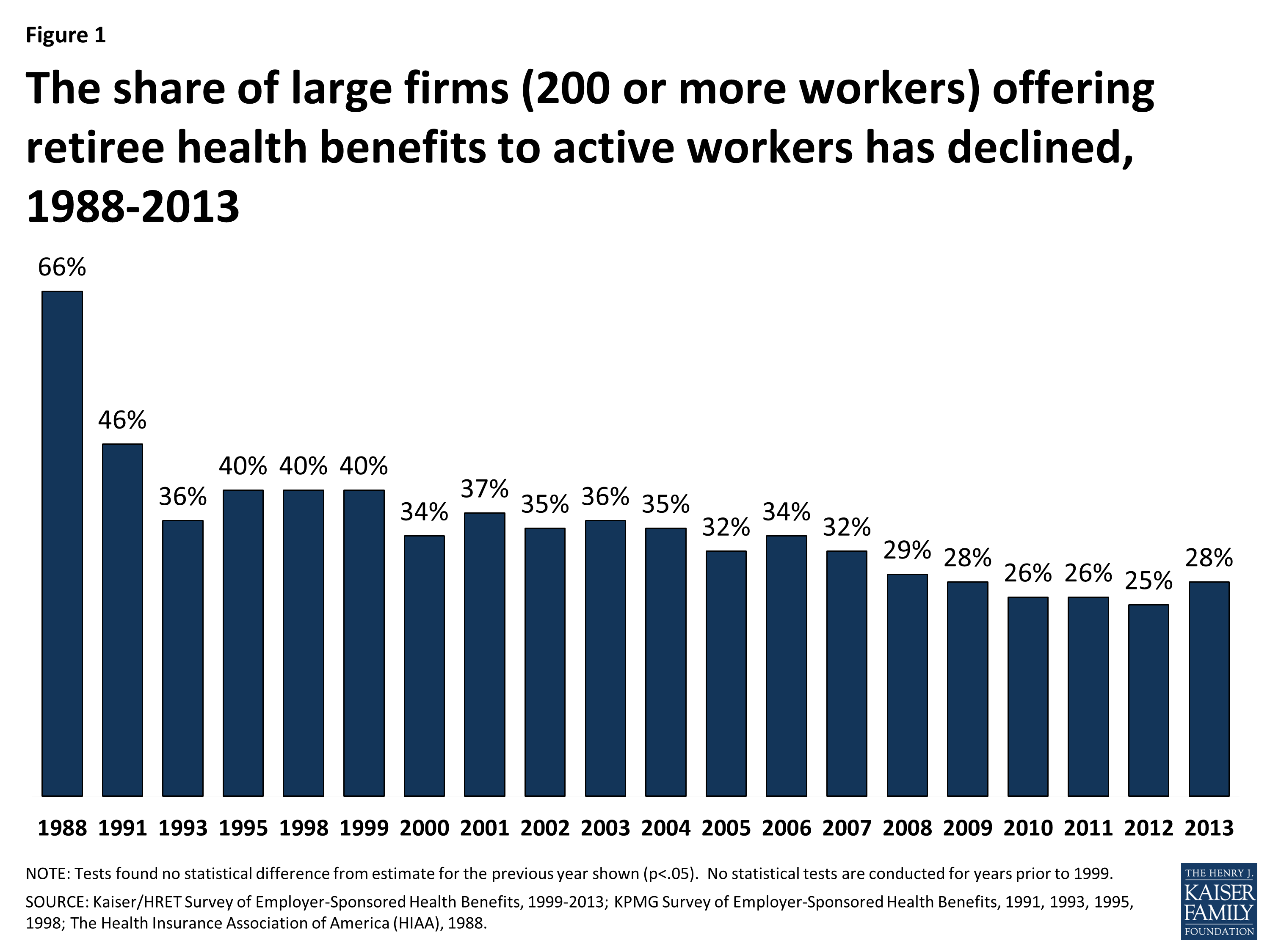Medicare Advantage Agent Can Be Fun For Anyone
Medicare Advantage Agent Can Be Fun For Anyone
Blog Article
How Medicare Advantage Agent can Save You Time, Stress, and Money.
Table of ContentsThe Single Strategy To Use For Medicare Advantage AgentMedicare Advantage Agent for BeginnersMedicare Advantage Agent Fundamentals Explained

follows from confusing the reasonably young age profile of the uninsured with the far better health and wellness, on standard, of more youthful persons. This covers the link in between health status and wellness insurance. For those without access to work environment health and wellness insurance coverage, poor wellness is a prospective barrier to buying nongroup protection since such protection may be very valued, omit pre-existing conditions, or be merely not available. The variety of uninsured Americans is not especially huge and has actually not transformed in recent times. 7 out of 10 respondents in a nationally depictive survey assumed that fewer Americans did not have medical insurance than really do(Fronstin, 1998). Roughly fifty percent(47 percent )believed that the number of individuals without medical insurance lowered or continued to be constant over the last fifty percent of the last decade(Blendon et al., 1999). This decrease of practically 2 million in the number of individuals 'without insurance (a decrease
of about 4 percent)is certainly a favorable adjustment. With a softer economy in 2000 the most recent reported gains in insurance policy protection may not continue(Fronstin, 2001 ). The decline in the variety of without insurance will not proceed if the economic climate stays sluggish and health treatment costs remain to exceed inflation. This is because the data were collected for a period of solid financial efficiency. Of the approximated 42 million people that were uninsured, almost about 420,000(concerning 1 percent)were under 65 years of age, the age at which most Americans become eligible for Medicare; 32 million were grownups between ages 18 and 65, about 19 percent of all adults in this age; and 10 million were kids under 18 years of age, concerning 13.9 percent of all youngsters (Mills, 2000). These estimates of the variety of individuals uninsured are generated from the annual March Supplement to the Present Population Survey (CPS), carried out by the Census Bureau. Unless otherwise noted, nationwide price quotes of people without health and wellness insurance policy and percentages of the populace with various type of protection are based upon the CPS, the most widely used source of estimates of insurance policy protection and uninsurance prices. These surveys and the estimates they produce are described briefly in Table B. 1 in Appendix B - Medicare Advantage Agent. These surveys vary in size and sampling techniques, the concerns that are inquired about insurance
The Of Medicare Advantage Agent
insurance coverage, and the time duration over which insurance protection or uninsurance is measured(Lewis et al., 1998, Fronstin, 2000a ). Still, the CPS is specifically beneficial because it generates yearly estimates fairly rapidly, reporting the previous year's insurance coverage estimates each September, and because it is the basis for a regular set of price quotes for greater than twenty years, permitting evaluation of patterns in protection in time.

The 9-Second Trick For Medicare Advantage Agent
Over a three-year period beginning early in 1993, 72 million individuals, 29 percent of the united state populace, were without insurance coverage for at the very least one month. Within a single year(1994), 53 million individuals experienced at least a month without protection(Bennefield, 1998a). 6 out of every 10 uninsured grownups are themselves utilized. Although working does boost the chance that and one's relative will certainly have insurance policy, it is not a warranty. Even participants of family members with 2 permanent wage earners have nearly a one-in-ten chance of being uninsured (9.1 percent without insurance rate)(Hoffman and Pohl, 2000 ). The relationship between medical insurance and accessibility to care is well established, as documented later on in this phase. Although the connection in between medical insurance and health and wellness end results is neither straight neither basic, a substantial clinical and health and wellness solutions research literature web links health and wellness insurance policy protection
to enhanced accessibility to care, better high quality, and boosted individual and populace health condition. The second record, on individual wellness outcomes for uninsured grownups, is stood for by the inner circle of the number, while investigate this site the third record, on family well-being, encompasses the topics of the 2nd report but highlights a different system of analysis, namely, the family. The sixth record in the collection will certainly offer details concerning approaches and initiatives taken on locally, statewide, or across the country to attend to the absence of insurance policy and its adverse impacts. Degrees of evaluation for analyzing the effects of uninsurance. This discussion of medical insurance protection focuses mainly on the united state population under age article source 65 due to the fact that essentially all Americans 65 and older have Medicare or other public insurance coverage.
It concentrates specifically on those without any health insurance for any kind of length of time. The problems faced by the underinsured are in some respects similar to those faced by the without insurance, although they are usually less serious. Uninsurance and underinsurance, nonetheless, entail distinctly various policy problems, and the strategies for addressing them may differ. Throughout this study and the five records to comply with, the main focus gets on persons with no medical insurance and thus no assistance in spending for health treatment beyond what is readily available with charity and safeguard institutions. Health insurance policy is a powerful element influencing receipt of treatment due to the fact that both people and physicians react to the out-of-pocket cost of solutions. Medical insurance, however, is neither needed nor enough to acquire access to medical solutions. The independent and straight impact of health
insurance coverage on access accessibility health wellness solutions well established. Others will obtain the healthcare they require also without medical insurance, by spending for it expense or seeking it from suppliers who offer treatment totally free or at highly subsidized rates. For still others, health insurance coverage alone does not ensure receipt of treatment as a result of various other nonfinancial barriers, such as an absence of healthcare carriers in their community, restricted access to transportation, illiteracy, or etymological and cultural distinctions. Official study regarding without insurance populations in the United States dates to the late 1920s and early 1930s when the Board on the Cost of Medical Care created a collection of records regarding funding physician office gos to and hospitalizations. This problem came to be significant as the numbers of medically indigent climbed up throughout the Great Depression. Empirical researches regularly sustain the link between access to care and improved health outcomes(Bindman et al., 1995; Starfield, 1995 ). Having a regular source of care can be considered a predictor of gain access to, as opposed to a straight step of it, when health and wellness results are themselves utilized as access indications. This expansion of the notion of gain access to dimension was made by the IOM Board on Checking Access to Personal Healthcare Solutions(Millman, 1993, p. Whether or not parents are insured appears to impact whether their youngsters try this out receive care in addition to just how much careeven if the youngsters themselves have protection(Hanson, 1998). The health and wellness of moms and dads can affect their capability to look after their youngsters and the degree of family members stress. Bothering with their kids's access to care is itself a source of anxiety for moms and dads. 3 phases adhere to in this record. Chapter 2 gives a summary of just how employment-based medical insurance, public programs and individual insurance coverage operate and communicate to provide substantial but incomplete insurance coverage of the united state populace. This includes an evaluation of historic fads and public laws impacting both public and personal insurance, a discussion of the communications amongst the various kinds of insurance, and an examination of why individuals move from one program to an additional or end up

Report this page